
William Clark (26 June 1803- 11 November 1883) was a Scottish artist specialising in paintings of ships. His works are held in the National Maritime Museum and other collections. [1]

William Clark (26 June 1803- 11 November 1883) was a Scottish artist specialising in paintings of ships. His works are held in the National Maritime Museum and other collections. [1]
He was born in Greenock, near Glasgow, and lived there all his life. His father was a seaman, later a customs officer, and Clark was at first apprenticed to a house painter but established himself as an artist in 1830. In 1835 he was invited to paint the regatta of the Royal Northern Yacht Club and was in 1838 elected to membership of the club. It has been said that he "was fortunate to live during the heyday of Clyde shipbuilding when commissions from owners and masters ensured a steady supply of work, enabling Clark to spend his career in his native town without having to seek patrons elsewhere". [2]

Galleries holding Clark's work include the National Maritime Museum, the McLean Museum in Clark's native Greenock, the Walker Art Gallery (Liverpool), the National Library of Australia, the Peabody Essex Museum (Salem, Massachusetts) and the Yale Center for British Art. [2] [3]
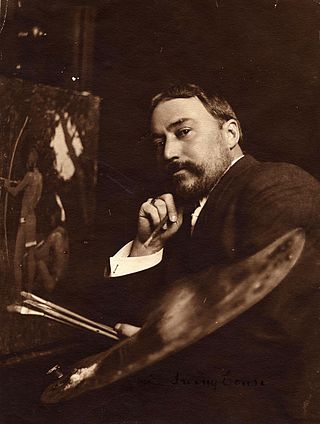
Eanger Irving Couse was an American artist and a founding member and first president of the Taos Society of Artists. Born and reared in Saginaw, Michigan, he went to New York City and Paris to study art. While spending summers in Taos, New Mexico, he began to make the paintings of Native Americans, New Mexico, and the American Southwest for which he is best known. He later settled full time in Taos.
The Norwich School of painters was the first provincial art movement established in Britain, active in the early 19th century. Artists of the school were inspired by the natural environment of the Norfolk landscape and owed some influence to the work of landscape painters of the Dutch Golden Age such as Hobbema and Ruisdael.

Winslow Homer was an American landscape painter and illustrator, best known for his marine subjects. He is considered one of the foremost painters of 19th-century America and a preeminent figure in American art in general.

The Hudson River School was a mid-19th-century American art movement embodied by a group of landscape painters whose aesthetic vision was influenced by Romanticism. Early on, the paintings typically depicted the Hudson River Valley and the surrounding area, including the Catskill, Adirondack, and White Mountains.

Henry Scott Tuke, was an English artist; primarily a painter, but also a photographer. His most notable work was in the Impressionist style, and he is best known for his paintings of nude boys and young men.

The School of the Museum of Fine Arts at Tufts University is the art school of Tufts University, a private research university in Boston, Massachusetts. It offers undergraduate and graduate degrees dedicated to the visual arts.
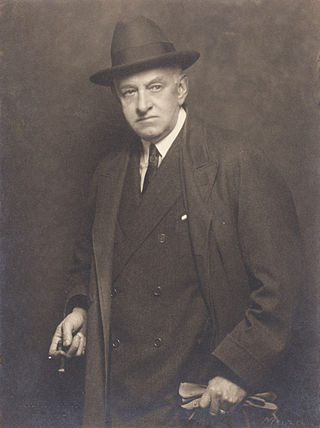
Willard Leroy Metcalf was an American painter born in Lowell, Massachusetts. He studied at the School of the Museum of Fine Arts, Boston, and later attended Académie Julian, Paris. After early figure-painting and illustration, he became prominent as a landscape painter. He was one of the Ten American Painters who in 1897 seceded from the Society of American Artists. For some years he was an instructor in the Women's Art School, Cooper Union, New York, and in the Art Students League, New York. In 1893 he became a member of the American Watercolor Society, New York. Generally associated with American Impressionism, he is also remembered for his New England landscapes and involvement with the Old Lyme Art Colony at Old Lyme, Connecticut and his influential years at the Cornish Art Colony.
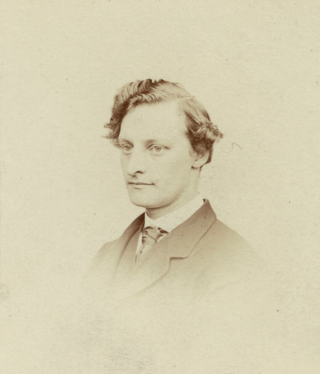
Edward Robert Hughes was a British painter, who primarily worked in watercolours, but also produced a number of oil paintings. He was influenced by his uncle and artist, Arthur Hughes who was associated with the Pre-Raphaelite Brotherhood, and worked closely with one of the Brotherhood's founders, William Holman Hunt.
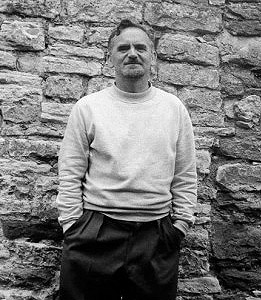
William Scott was a prominent abstract painter from Northern Ireland, known for his themes of still life, landscape and female nudes. He is the most internationally celebrated of 20th-century Ulster painters. His early life was the subject of the film Every Picture Tells a Story, made by his son James Scott.
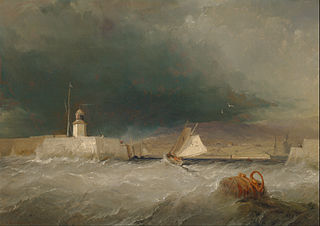
George Hyde Chambers was an English marine painter.

Robert Salmon was a maritime artist, active in both England and America. Salmon completed nearly 1,000 paintings, all save one of maritime scenes or seascapes. He is widely considered the Father of American Luminism.
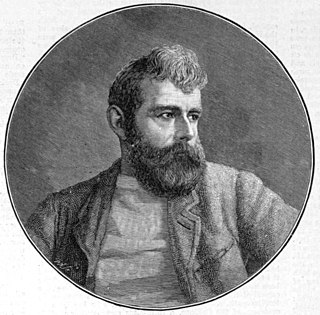
William Lionel Wyllie, also known as W. L. Wyllie, was a prolific English painter of maritime themes in both oils and watercolours. He has been described as "the most distinguished marine artist of his day." His work is in the Tate, the Royal Academy, the Imperial War Museum, the National Maritime Museum, the National Museum of the Royal Navy, and many other institutions around the world.
Frank Henry Mason, RBA, RI, RSMA was an English artist best known for his maritime, shipping, coastal and harbour paintings, and as a creator of art deco travel and railway posters. His style is described as "light impressionist" and he was a founder member of the Staithes Art Club whose members are known today as the Staithes group of artists, or the Northern Impressionists.
John Ward (1798–1849) was an English painter from Kingston upon Hull, Yorkshire. He has been described as "the leading marine artist and ship portrait painter in Hull during the first half of the 19th century".
Henry Muhrman was an American landscape and figure painter in oils, pastel and watercolor, who worked mainly in Europe.
Dennis William Dring was a British portraitist.
William A. Karges Fine Art is an art gallery at Dolores St. and 6th Ave in Carmel, California, United States.

Walter Elmer Schofield was an American Impressionist landscape and marine painter. Although he never lived in New Hope or Bucks County, Schofield is regarded as one of the Pennsylvania Impressionists.
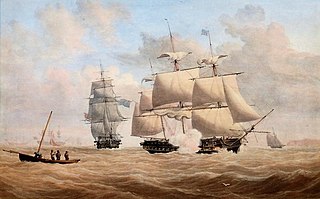
The brothers John Cantiloe Joy, and William Joy, were English marine artists, who lived and worked together. They belonged to the Norwich School of painters, considered to be a unique phenomenon in the history of British art and the most important school of painting of 19th century England.
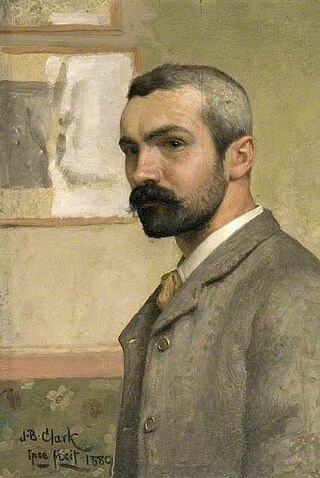
Joseph Benwell Clark was an English painter, etcher, engraver in mezzotint and drypoint, and book illustrator.